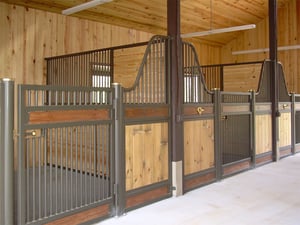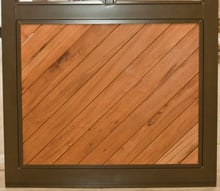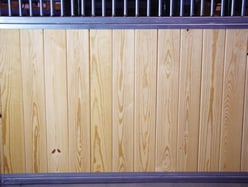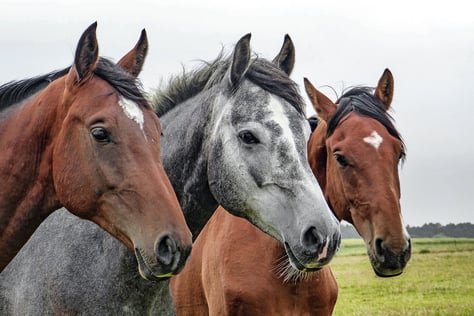Call us today (800) 444-7430
Call us today (800) 444-7430
 There are many horse owners who like the traditional look of a wood when designing their barn. And if you are interested in “going green,” often wood barns provide a much smaller environmental footprint than those made with other materials. Wood is also a natural insulator making it an excellent choice for areas where summer heat and winter cold temperatures are extreme.
There are many horse owners who like the traditional look of a wood when designing their barn. And if you are interested in “going green,” often wood barns provide a much smaller environmental footprint than those made with other materials. Wood is also a natural insulator making it an excellent choice for areas where summer heat and winter cold temperatures are extreme. Tongue and groove wood material for your stall lining is one of your best options because it’s flush and there are no ledges. Some horses find chewing on wood an amusing pastime. But there’s a possibility of splintering and chemical ingestion. Keep your barn looking good and your horse safe by eliminating opportunities to chew.
Tongue and groove wood material for your stall lining is one of your best options because it’s flush and there are no ledges. Some horses find chewing on wood an amusing pastime. But there’s a possibility of splintering and chemical ingestion. Keep your barn looking good and your horse safe by eliminating opportunities to chew. It is #1 or better premium wood – no warping, stains, stamps or discolorations. Although not as dense as the hardwood, this is the strongest of the “softwoods” and is a very popular choice for horse stalls.
It is #1 or better premium wood – no warping, stains, stamps or discolorations. Although not as dense as the hardwood, this is the strongest of the “softwoods” and is a very popular choice for horse stalls. HDPE (High Density Polyethylene) uses primarily recycled post-consumer plastic with a positive environmental impact to create a long-lasting, no maintenance and weather resistant material. HDPE is UV resistant, easy to maintain and does not require staining. It comes in a variety of lengths and colors.
HDPE (High Density Polyethylene) uses primarily recycled post-consumer plastic with a positive environmental impact to create a long-lasting, no maintenance and weather resistant material. HDPE is UV resistant, easy to maintain and does not require staining. It comes in a variety of lengths and colors.

From horse stalls to barn doors, stable flooring and entrance gates, Classic offers the widest product lines in the industry while continuing to expand through innovation and strategic alliances.
We look forward to answering your questions. Our sales team is knowledgeable about everything from horse barn design to equine stall systems and readily available to assist you in planning your Classic barn!
ph: (800) 444-7430
em: sales@classic-equine.com
